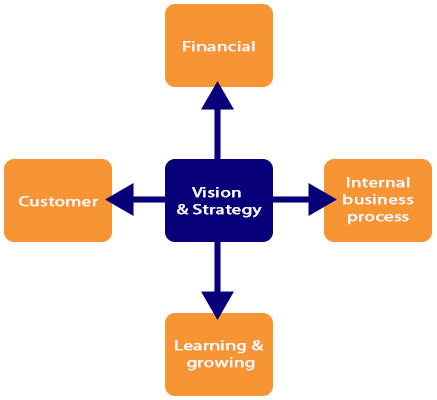Staying ahead: Measure & Evaluate
Staying ahead requires more than just executing strategies—it demands awareness and evaluation of the landscape within which you operate. This is where monitoring and measuring effectiveness plays a pivotal role. Let's delve into why these practices are indispensable for any successful marketing campaign.
Understanding Monitoring and Measuring
Before we proceed, let's clarify the distinction between monitoring and measuring.
Monitoring involves systematically reviewing progress over time to make timely adjustments, ensuring flexibility and responsiveness throughout the campaign.
On the other hand, measuring is typically done at the end of a planning period to assess outcomes, identify what worked, what didn't and document key learnings for future endeavours.
Integrated Data Sources for Comprehensive Insights
One of the key strategies in monitoring and measuring effectiveness is integrating data from various sources.
By harnessing a diverse range of metrics, marketers can gain a comprehensive understanding of their campaigns' performance.
This includes monitoring customer behaviour, making timely improvements, protecting brand reputation and ultimately optimising conversion rates for a better return on investment.
The Role of Marketing Dashboards
Just like the dashboard of a car provides vital information at a glance, marketing dashboards serve a similar purpose in presenting key performance indicators (KPIs) in an intuitive and visually appealing manner.
These dashboards operate at three levels:
Strategic: Tracking progress towards overarching business and marketing objectives.
Operational: Monitoring the execution of strategies outlined in the marketing plan.
Tactical: Assessing the delivery of specific marketing tactics and projects.
Dashboards can be customised for entire organisations or individual departments, providing actionable insights for informed decision-making at all levels.
Testing and Validating Dashboards
However, the effectiveness of dashboards relies on accurate reporting.
Pre and post-deployment testing is essential to ensure that the data reported aligns with reality and meets the needs of stakeholders.
Following established steps for benchmark research, such as suggested by Hemann and Burbary (2013), include setting measurable goals, selecting appropriate tools, conducting thorough analysis and deriving actionable insights, ensures the reliability of dashboard metrics.
Applications and Benefits of Dashboards
Dashboards find applications across various domains within marketing, including financial, brand and market, product and pricing, sales funnel, channel and media. The benefits of utilising dashboards are manifold:
Simplified presentation of KPIs for easy interpretation.
Identification and correction of negative trends.
Facilitation of informed decision-making through detailed reporting.
Time efficiency compared to generating multiple individual reports.
Recognising the Limitations
While dashboards offer a consolidated view of critical metrics, it's important to acknowledge their limitations.
They provide an overview rather than a complete picture, necessitating further investigation to gain deeper insights.
Tracking Trends and Forecasting
In order to plan effectively one has to develop a view of the future. Forecasting is the process of using available information to predict a vision of the future.
Will the future look the same as it was, or will it be radically different?
Forecasting can be quantitative or qualitative and techniques include: trend extrapolation and modelling.
Trend extrapolation
Also known as time series analysis, it is a statistical technique that examines past trends in the market and extrapolates them into the future.
Trend extrapolation can be used to identify:
Seasonal and other cyclical fluctuations
Long-term underlying trends.
Modelling
An analytical approach that uses historical information to quantify the sales impact of various marketing activities. This generates a set of assumptions (e.g. every £1 of advertising generates £2.36 of sales) which can be input to a model of future plans to establish whether they are likely to be profitable.
Tools like Google Trends, YouTube Trends, and Google Ads Keyword Planner help marketers stay abreast of changing consumer behaviour and search patterns. All these tools combine to enable proactive planning and strategy formulation.
Driving Change through Testing and Analysis
Testing methodologies like A/B and multivariate testing empower marketers to optimise campaigns. Additionally, metrics serve as the foundation for decision-making throughout the APIC planning model—Analysis, Planning, Implementation, Control. Ultimately, the purpose of metrics is to drive changes in planning and strategy implementation.
In conclusion, monitoring and measuring effectiveness are indispensable components of successful marketing endeavours. By leveraging integrated data sources, intuitive dashboards, trend tracking, and forecasting techniques, marketers can stay agile, informed, and responsive in an ever-changing landscape, driving sustained growth and success.
Ready to elevate your marketing game? Discover how tailored monitoring and measurement strategies can transform your campaigns and drive unparalleled success. As a creative marketing and brand strategy consultant, I specialise in crafting data-driven solutions that align with your business goals.







